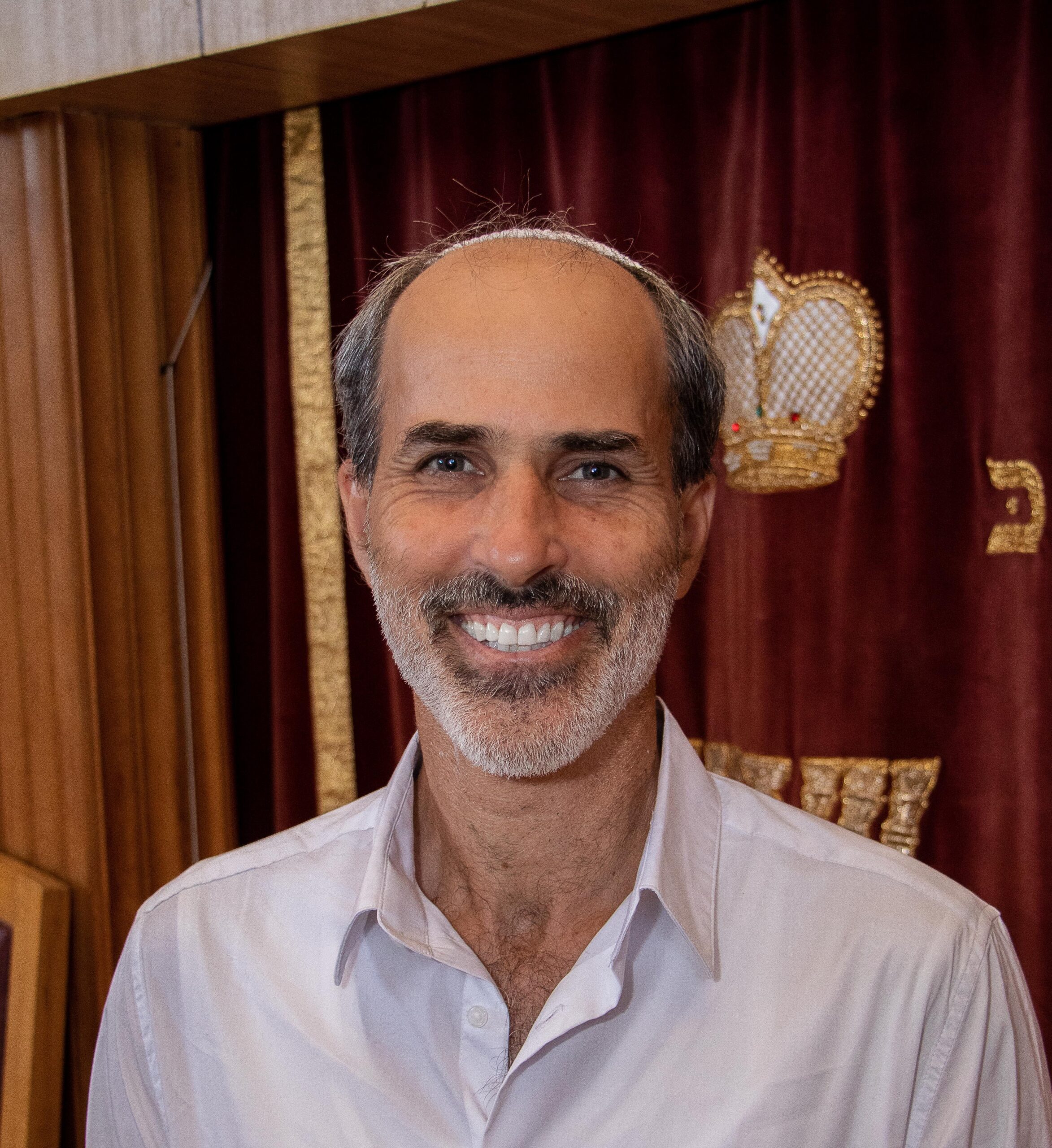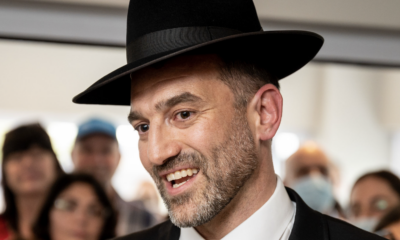
Religion

Eternal flame
Yawn! Not another Torah portion describing the building of the Mishkan (Tabernacle)! Really? Didn’t we cover this in great detail already?
If you’re reading this week’s parshah you might be thinking similar thoughts. Though the book of Exodus starts in dramatic fashion with the compelling story of the exodus from Egypt, it closes with page after page of building instructions. Not only have they already been described in previous portions, but the furnishings in the Mishkan aren’t even seen in Jewish life today. Yes, we have an ark in shul, but the one in our portion is gold inside and out with the ten commandments inside and never opened. The ark in shul is different – effectively a cupboard for the Torah scrolls to be kept in. We don’t use a table for special display breads left out all week (except for the brocha table groaning with smoked-salmon bagels), and we don’t have a giant altar for sacrifices. We don’t have a stand for burning incense, and the only golden menorah you might find would be decorative on the walls or lights or as a chanukiah for December use only (with nine branches instead of the seven in the Torah).
Much of the furnishings of the Mishkan exist only in symbolic fashion today. The clothes of the kohanim are represented in the coverings of the Torah. The parochet that screened off the Holy of Holies is remembered by the curtains over the ark, and above the ark of most shuls you’ll find a ner tamid (eternal light) that’s there to remind us of the menorah. Well, let’s just say that here in South Africa it’s “eternal” if it’s backed up by an inverter, otherwise it’s “mostly eternal” except during load shedding.
And that’s an important difference right there. You see, in the days of the Mishkan, the kohanim would light the lamps of the menorah daily (from pure olive oil – think of the Chanukah story) and they burned from evening until morning. It wasn’t just plugging it in to the socket and leaving it to burn. It was a daily ritual that required someone turning up continuously, every day, to do the lighting. So tamid (eternal) can be because of one act – plugging it in – that then keeps going, or by the repetitive and conscious acts of people turning up.
If we want our values, our community, and our Jewish practice to be something eternal or even just long-lived, we’ll need both. We’ll need firm and decisive action that lasts for the foreseeable future. Think of building a shul, setting up a foundation, or writing a book or blog. Many of the things that our ancestors put into place then are still here for us to enjoy – we stand on their shoulders. And at the same time, there are an infinite number of little acts that need people to show up regularly, again and again, for them to endure. Think of making a minyan, teaching a child, or supporting a family with tzedakah.
This Shabbat, may we have the chance to think of how we can be a ner tamid, and ensure that the things we care for most are there forever.










